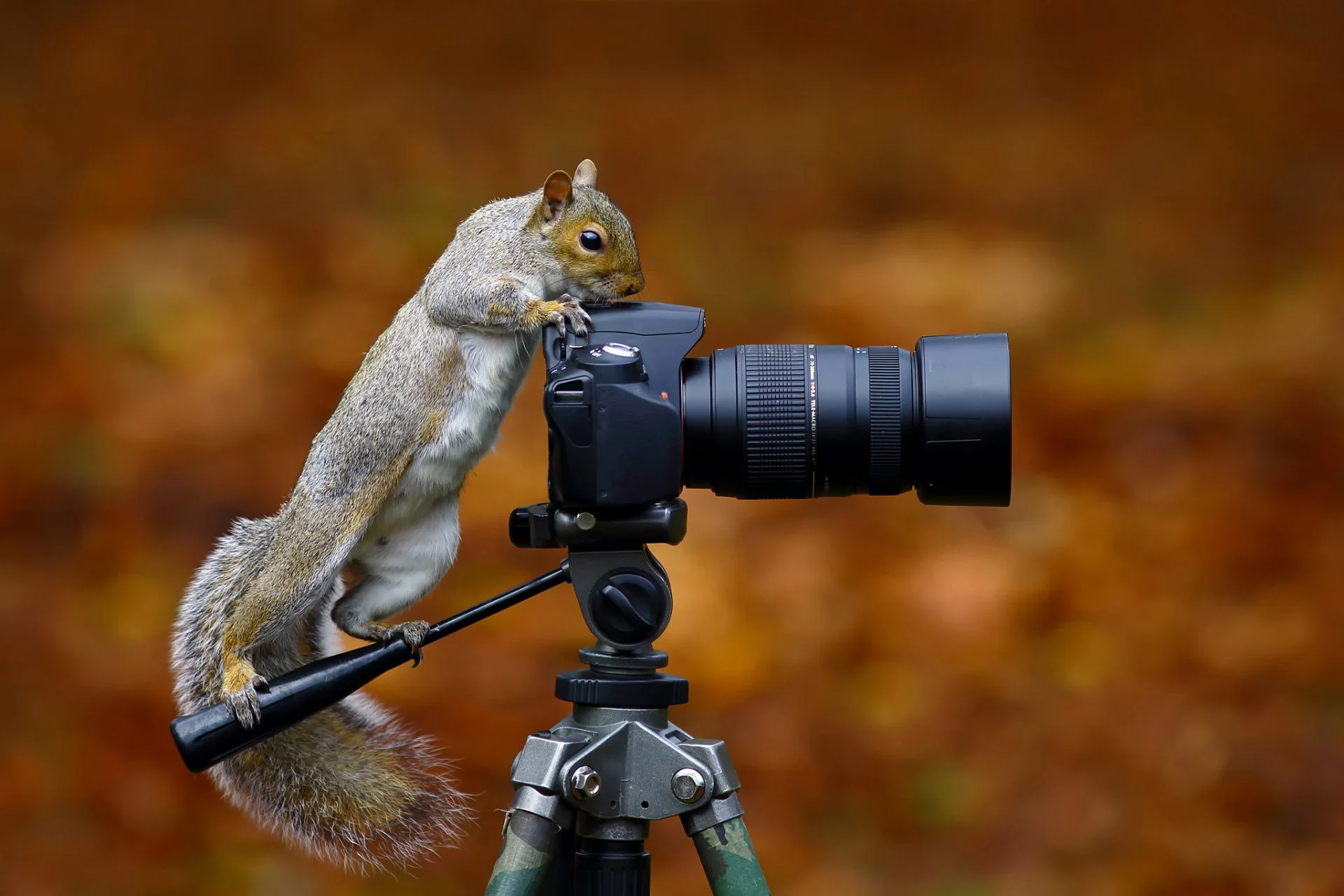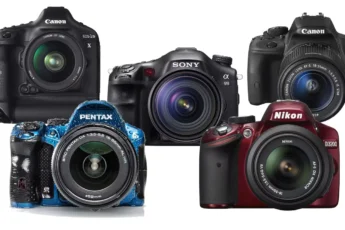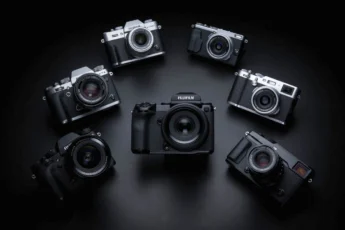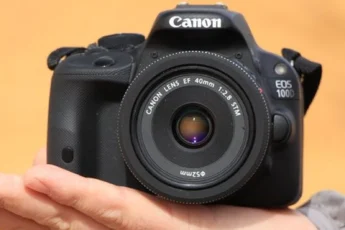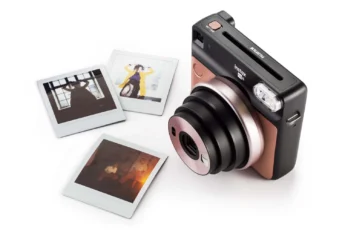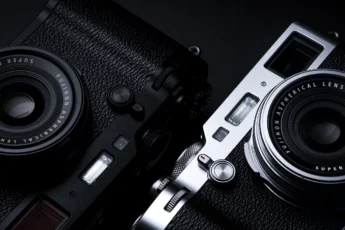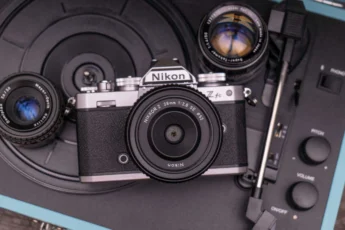Wildlife photography is one of the most rewarding yet challenging genres of photography. To capture stunning images of animals in their natural habitats requires patience, skill, and most importantly, the right camera equipment. In this blog post, we’ll explore what makes a good wildlife camera, key features to look for, and some of the top camera recommendations from leading brands.
Whether you’re just getting started or looking to upgrade your kit, read on for an in-depth guide on choosing the best camera for wildlife photography.
- Understanding Wildlife Photography
- Importance of Choosing the Right Camera
- Key Considerations for Wildlife Photography Cameras
- Image Quality and Resolution
- Autofocus Performance
- Durability and Weather Resistance
- Telephoto Lens Options
- Top Cameras for Wildlife Photography in 2024
- Nikon Z9
- Sony Alpha 1
- Canon EOS R6 Mark II
- Panasonic Lumix G9 II
- Tips for Camera Settings in Wildlife Photography
- Shutter Speed Recommendations
- Aperture Settings
- ISO Range
- AF Area Settings
- Drive Modes
- Metering Modes
- Image Stabilization
- Shooting Techniques
- Conclusion
Understanding Wildlife Photography
Wildlife photographers aim to capture unique animal behaviors, interactions, and moments in the natural world. This requires being able to react quickly when activity happens, track erratic movement, and handle various lighting and weather conditions.
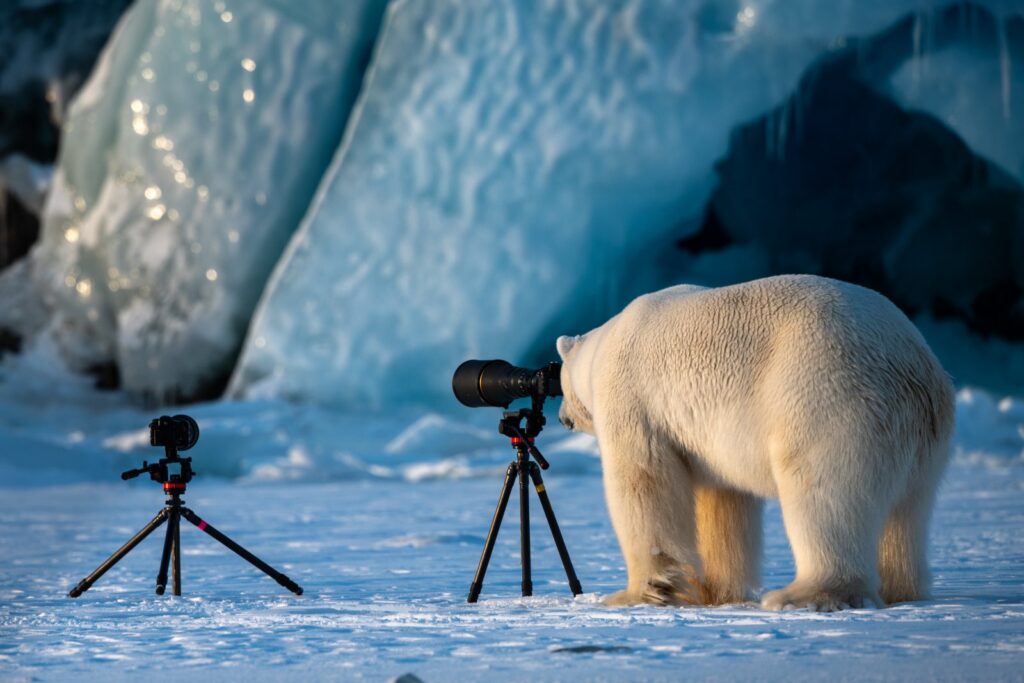
Good wildlife images rely on technical image quality factors like sharpness, color accuracy, low noise, and dynamic range. The ability to capture fine details like animal fur and feathers is also important.
Given the fast and often unpredictable nature of photographing wildlife, choosing a camera with reliable autofocus, fast burst shooting, and effective image stabilization is critical.
Importance of Choosing the Right Camera
Having the right camera for wildlife photography can make an enormous difference in your ability to get the shot. The specialized demands of this genre mean not just any camera will do.
You need a camera with quick reflexes to keep up with sudden animal movements. Tracking autofocus capabilities are extremely beneficial when photographing active or erratic subjects.
Telephoto lenses are a must for getting frame-filling images of smaller or more distant animals. Your camera body needs to offer seamless compatibility with long telephoto and super telephoto lenses.
Responsiveness, precision, and speed are vital for capturing fleeting moments in the natural world. Choose a camera designed to excel at the unique rigors of wildlife photography.
Key Considerations for Wildlife Photography Cameras
Image Quality and Resolution
Look for a camera that delivers professional-level image quality, with a high resolution sensor for capturing fine details. Most wildlife specialists recommend at least 20 megapixels.
Dynamic range is also important for handling high contrast scenes, while low noise performance allows shooting at higher ISOs in low light.
Autofocus Performance
Lightning-fast autofocus is crucial for wildlife shooting. Look for advanced AF features like animal eye/face detection and tracking modes that stay locked on moving subjects.
The more AF points the better, for increased coverage and accuracy. Burst speed should be at least 10 fps to better capture action.
Durability and Weather Resistance
Wildlife photographers often work in tough outdoor conditions and inclement weather. Choose a sturdily built camera with weather sealing for water, dust, and moisture resistance.
Rugged magnesium alloy construction also helps cameras withstand heavy use in the field. Dual card slots add backup reassurance.
Telephoto Lens Options
The camera system should offer telephoto lenses spanning 200mm to 600mm or more, for flexibility with subject distance and framing.
Compatibility with teleconverters to extend reach is useful. Also consider lens attributes like fast aperture, image stabilization, weather sealing, and fluorine coatings.
Top Cameras for Wildlife Photography in 2024
Nikon Z9
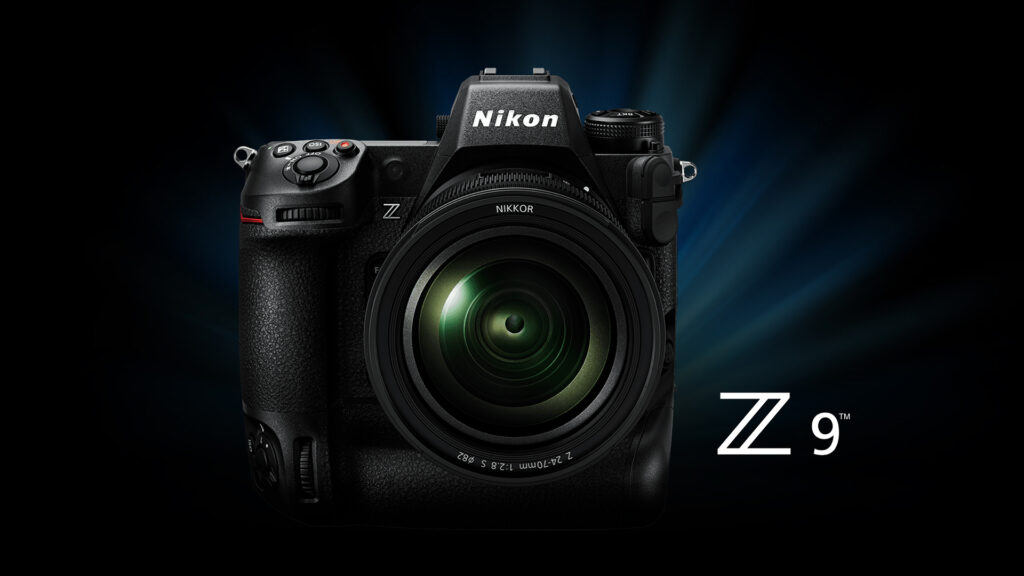
Nikon’s flagship Z9 mirrorless camera is purpose-built for wildlife with its blistering fast 120 fps continuous shooting with AF/AE, deep buffer, and minimal EVF blackout.
The advanced 493-point hybrid AF excels at tracking erratic movement, with sophisticated animal detection AF modes and Eye AF for birds too.
The 45.7MP stacked CMOS sensor delivers staggering image quality and 8K video potential. With legendary NIKKOR Z lens options, the Z9 is arguably the best wildlife camera available.
Sony Alpha 1
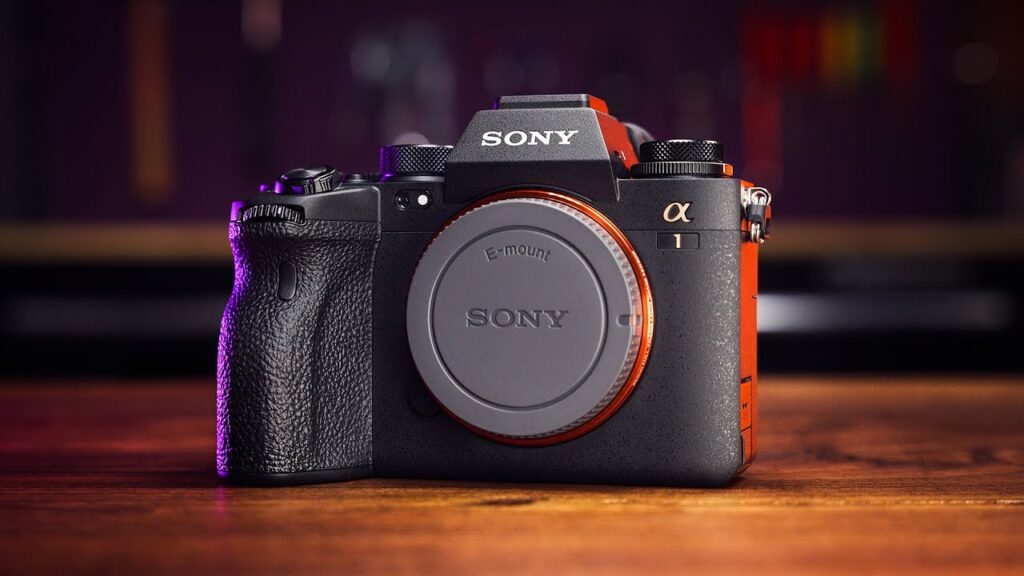
Sony’s technology-packed Alpha 1 is a powerhouse for wildlife photography, with its 50MP resolution, 30 fps bursts with AF/AE, and Blackout-Free EVF.
The 759-phase detection point AF responds instantly to lock focus in an instant, with tenacious Real-time Tracking keeping subjects sharp.
5-axis stabilization smooths hand shake for steady shots. The Alpha 1 also brings advanced features like 8K video and HEIF photo capture capabilities.
Canon EOS R6 Mark II
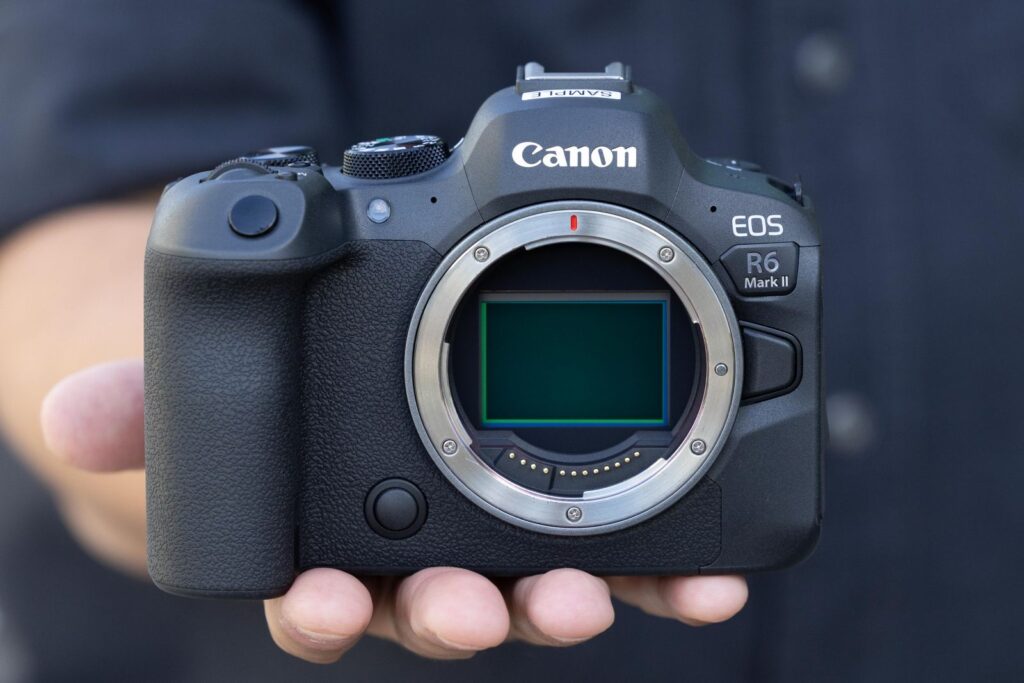
Canon’s EOS R6 Mark II brings the best of the company’s DSLR heritage to its mirrorless line, creating a very compelling wildlife camera option.
It shoots 40 fps bursts with AF/AE thanks to a new stacked sensor design, with smart subject detection and tenacious Dual Pixel CMOS AF tracking.
The combination of in-body and lens IS provide up to 8-stops of stabilization for steady handheld shots. With a growing RF lens system, it’s a great fit for wildlife needs.
Panasonic Lumix G9 II
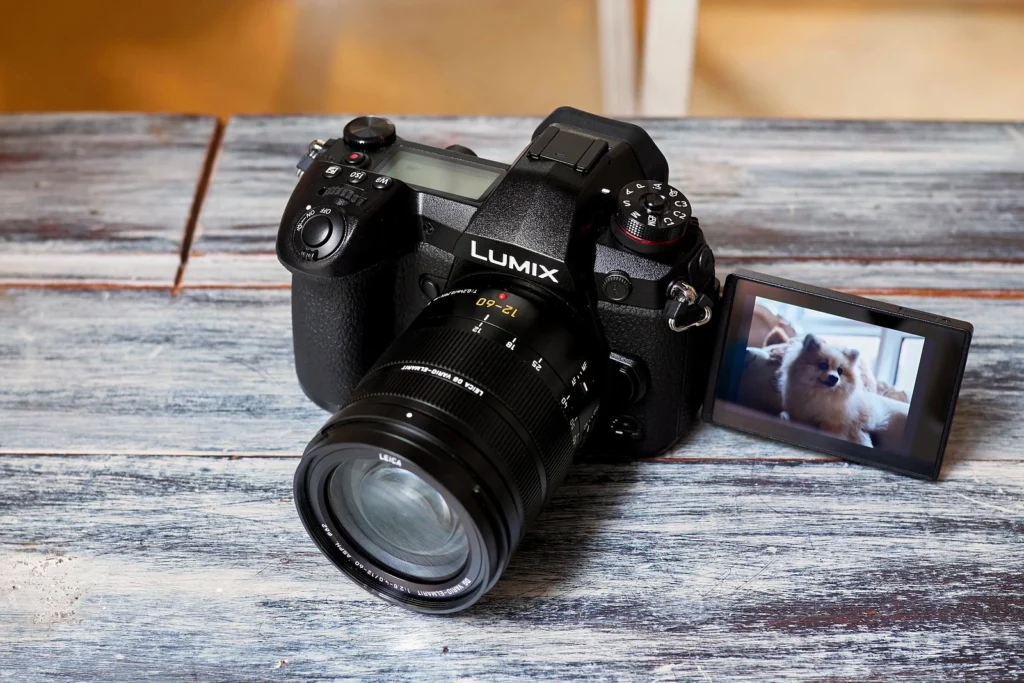
While a Micro Four Thirds body, Panasonic’s video-centric GH6 is also an impressively capable camera for wildlife stills shooting.
It can rip off 75 fps bursts with continuous AF, or shoot 18 fps with no blackout. Animal detection AF helps lock focus on wildlife, with 225 DFD points covering nearly 100% of the frame.
In-body stabilization provides up to 7.5 stops of shake reduction, and it’s ruggedly built. Paired with Olympus M.Zuiko PRO lenses, it becomes a highly compelling wildlife solution.
Tips for Camera Settings in Wildlife Photography
Properly configuring your camera is just as important as choosing the right gear. Let’s go over some key camera settings for wildlife photography to ensure you capture sharp, vivid images in the field.
Shutter Speed Recommendations
To freeze action, use shutter speeds at least 1/500s or faster for larger animals that move quickly like lions, cheetahs, deer, foxes, and wolves. Increase to 1/1000s or higher for smaller, erratically moving subjects like birds, rodents, or insects.
When panning to track lateral movement, experiment between 1/30s up to 1/250s depending on the animal’s speed to keep it sharp while blurring the background to convey motion.
Aperture Settings
When depth of field isn’t a concern, choose wider apertures around f/4-f/5.6 since they maximize light transmission and autofocus speed with telephoto lenses. Stop down to f/8 or narrower when you need more depth of field to keep multiple animals at different distances in focus.
ISO Range
Use ISO settings between 100-1600 when lighting is favorable to minimize noise while still allowing fast shutter speeds if the animal or camera is moving. For dawn/dusk shooting or heavily shaded conditions, push ISO as high as 6400 on full frame or 3200 on APS-C cameras before noise becomes too destructive.
AF Area Settings
Dynamic single-point AF modes that continue to track the subject after initial focus are very effective for wildlife. Customize tracking sensitivity to suit different movement patterns. Grouping adjacent points or using zones can also provide good results.
Drive Modes
Use high-speed continuous drive modes to capture fast bursts for action sequences. Some cameras also offer intelligent subject tracking modes powered by AI to automatically recognize and follow animals around the frame.
Metering Modes
Evaluative/matrix metering works well in most situations to maintain balanced exposures of wildlife at varying distances. However, you can also link spot metering to the active AF point when high-contrast backlighting requires dialing in exposure for a specific portion of the animal.
Image Stabilization
Both in-body and in-lens optical stabilization are extremely useful for wildlife photography. This allows handholding telephoto lenses at slower shutter speeds by compensating for camera shake when panning and tracking moving animals.
Shooting Techniques
When shooting from a vehicle, use faster shutter speeds to compensate for bumps during travel. Also manually select focus points quickly before bringing the camera to your eye to minimize time spent hunting for your subject in the viewfinder.
Position yourself parallel to the direction of animal movement and pan smoothly with a fluid motion to match their speed when aiming for motion blur effects.
Finally, tripods and monopods help stabilize super telephoto lenses over 600mm for sharper results, especially in low light.
Conclusion
Choosing the right camera for your needs is critical for getting great wildlife images. Look for speed, precision, durability, and lens compatibility when shopping for a wildlife camera body.
Leading mirrorless cameras now rival or even surpass DSLRs for features tailored to wildlife photography. With technology improving all the time, there are more options than ever to get the shots you want.
Do your research to pick the system that aligns best with your shooting style and budget. Then get out into the wild and start creating captivating photos!

